

Ar 234C
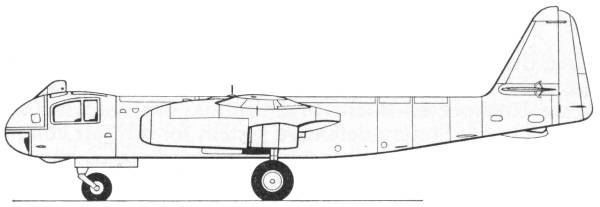
The Ar 234C variant came about when it was requested to add a pressurized cockpit, heavier weapons, more operational equipment and a two man cockpit to the 234B. The increase in weight would require the use of four engines. The RLM however, would not accept any major changes to the airframe. Therefore the Ar 234 V6 was equipped with two additional engines installed at the attachment points for the rocket assist packs. A second prototype the V8 was modified to carry two engines paired in a single nacelle under each wing. This arrangement proved to be more efficient of the two designs and was adopted for the C series. The cockpit was modified to include a second crew member and cabin pressurization resulting in a bulged appearance compared to the standard B model.
The Kit
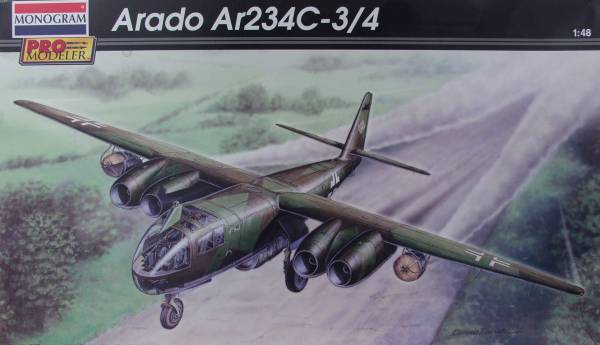
The Promodeler kit comes in a rather large two part top open box with nice artwork on the top. Inside the box there are two bags each containing four sprues of parts and two bags, each with one sprue of clear parts. The parts are molded in a light gray color and feature recessed panel lines and fastener detail on the exterior parts. The panel lines are fine and consistent and the parts are virtually flash free. Some of the small parts have the usual parting lines to remove. The surface finish is glossy and smooth. Looking over the parts I found no surface defects on any of the external airframe parts and the only two ejector pin marks I found were on the inside of each of the main gear doors. The interior is detailed enough to suit most I suspect. The kit includes a bomb for the bomber version and two cameras for the reconnaissance version. Walter rocket assist packs are also supplied. These parts are optional and by leaving their mounting holes closed the aircraft can be built clean. The kit does not include complete engines, just front fans and rear nozzles and cones. The tires are not weighted. By my count there are 171 parts in gray, which seems like a large count for an aircraft this size. See photos below.
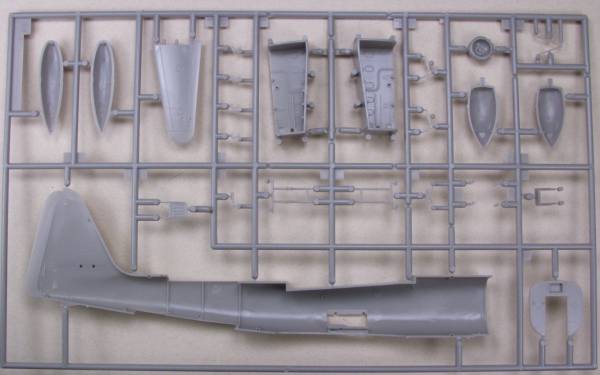
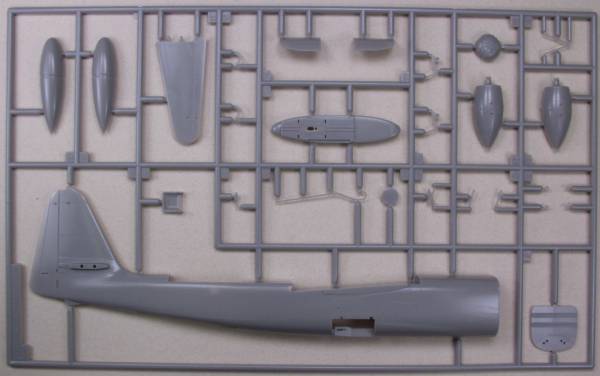
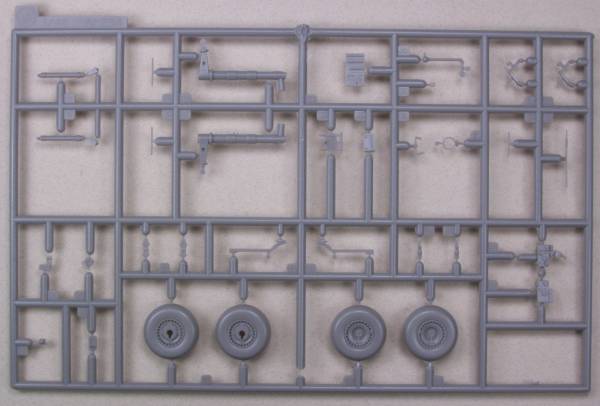
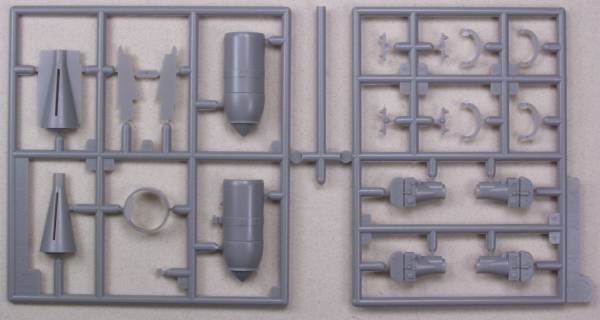
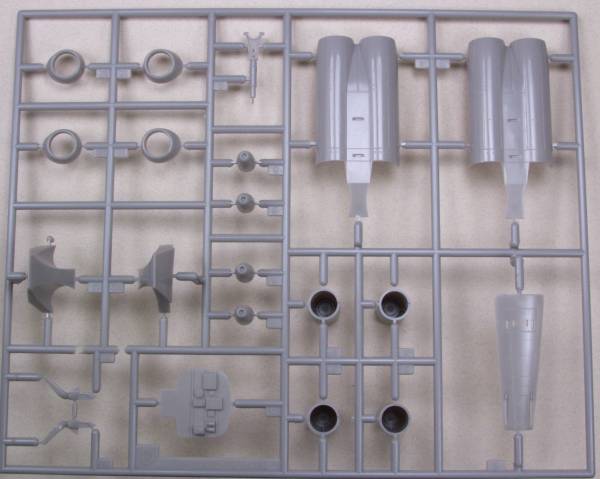
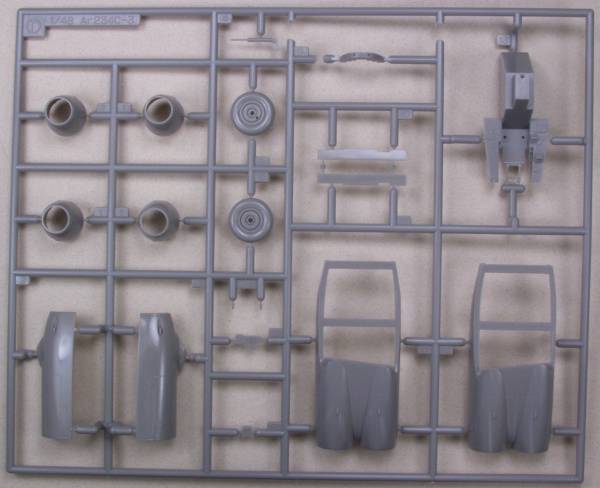
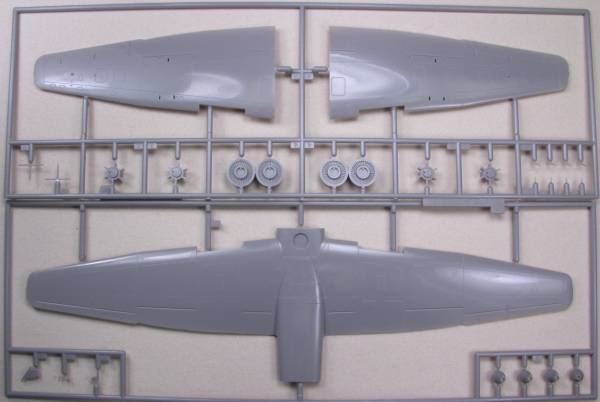
There are two sprues of clear parts, one has the cockpit glazings and the other the upper and lower glazings for the reconnaissance version. On the bomber version these parts get painted. The parts are thin and clear and should do a good job of showing off the interior detail. See photos below.
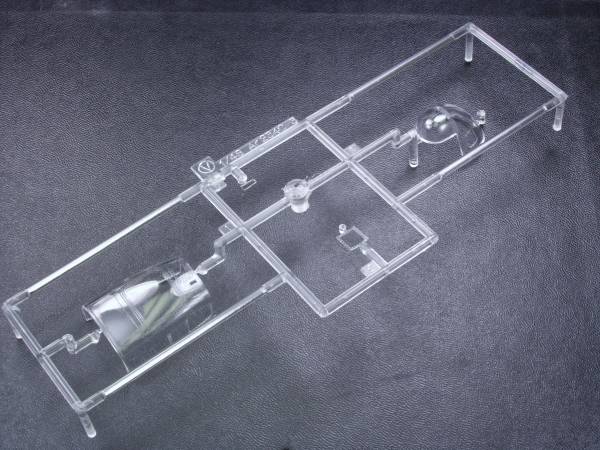
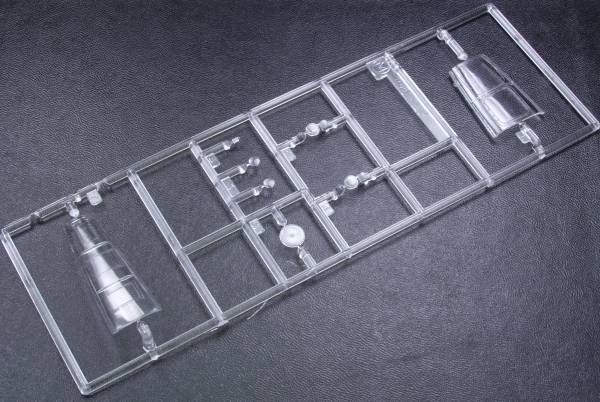
The decals appear to be a medium thickness and are in register. They include some stenciling, instruments for the panels and swastikas. The sheet includes markings for two aircraft. See photo below.
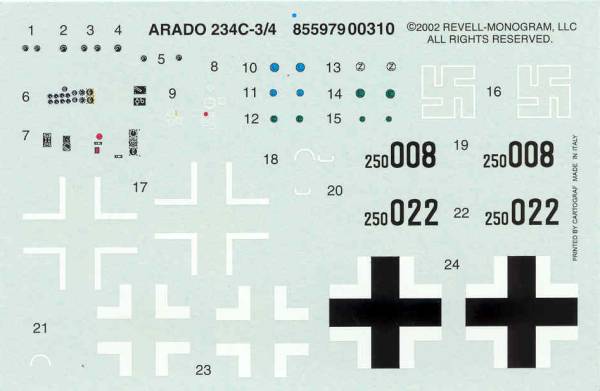
The instructions are somewhat an anomaly. The kit box is labeled Monogram ProModeler yet the instruction sheet says Revell. It is more like a Revell instruction sheet than those that come with Promodeler kits. The instructions are a small booklet 8 1/2" x 11" in size made up of two double sheets folded to create eight panels. The first panel has history, the usual read this before you begin section, assembly icons and a paint chart giving color names and RLM numbers where applicable. Pages two through five are assembly instructions and the balance of the pages are painting and marking instructions.
After Market Goodies
First we have the prerequisite photoetch parts from Eduard [48442] which includes two frets and both film and card stock instruments and a whole host of other goodies, too numerous to mention for both inside and out. See photo below
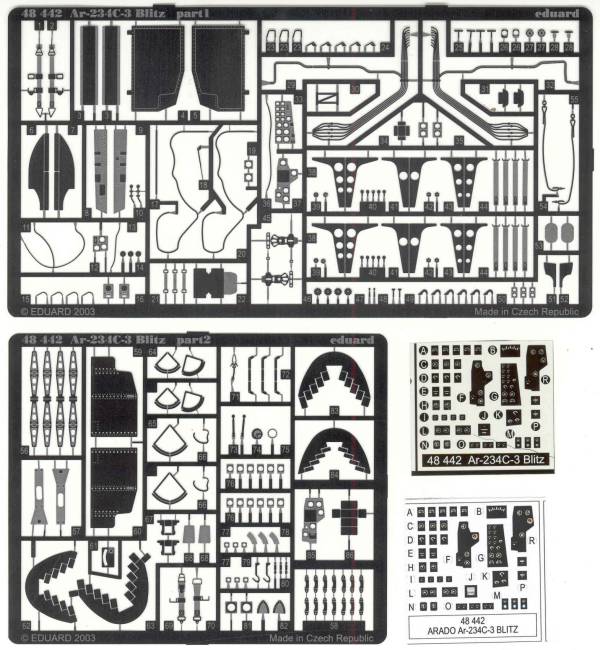
Although the Cutting Edge set [48406] is designed for the B model 234 some of the parts can be adapted for this kit, most notably the right hand console and parts of the left, both of which offer better detail than the kit parts. For what is contained in it, see the 234B review here.
The only other after market item I will use is a a Terry Dean nose weight to keep the nose on the ground. See photo below.
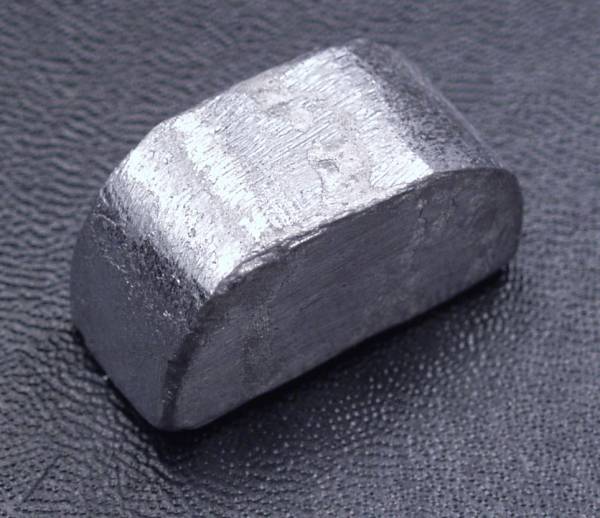
Though sold under the Monogram Promodeler label this kit is essentially the Hasegawa 234 kit with the changed pieces added, these include the wings, engines, cockpit, forward fuselage and nose wheel. Some smaller details are also inserted in the original rear fuselage part, including the rear-firing cannon in a ventral panel.The kit no longer has the rear cockpit bulkhead issue but the wing alignment pin issue still exists and one review indicates some issues with the alignment of the new cockpit assembly to the fuselage. There may be some issues with the size and shape of the engine intakes but I'll let the rivet counters fret over that. This is a nice kit of a significant aircraft and straight from the box should not have any problems that the average modeler shouldn't be able to handle. Recommended.
Links to kit build or reviews
Kit builds / reviews can be found here here and here.
References
"The First Jet Aircraft" by Wolfgang Wagner
Last updated 5/10/08